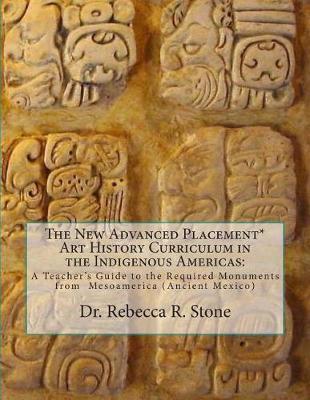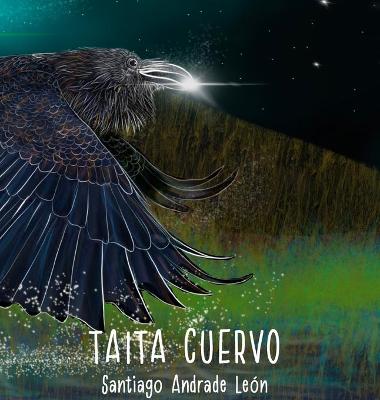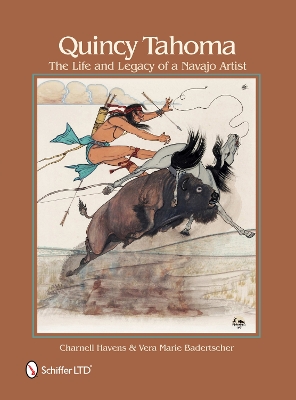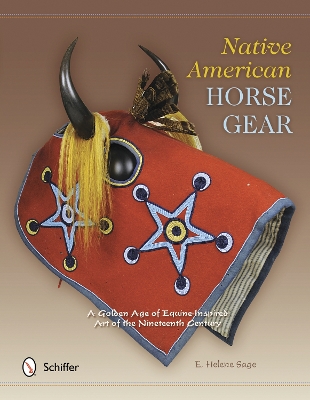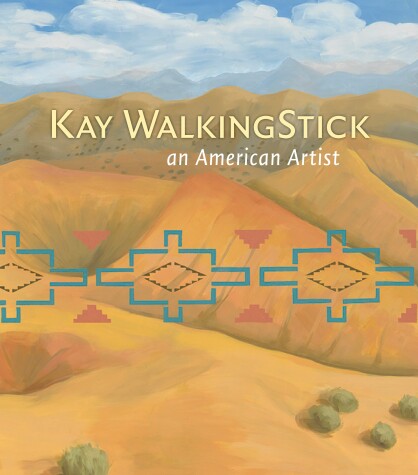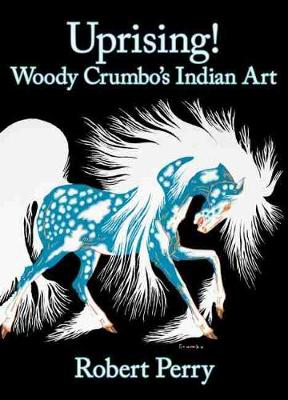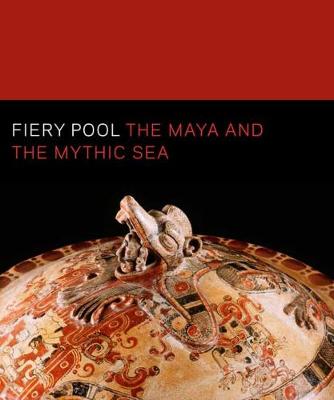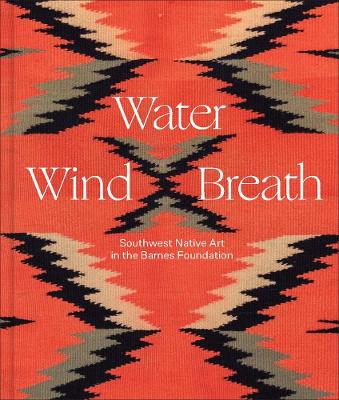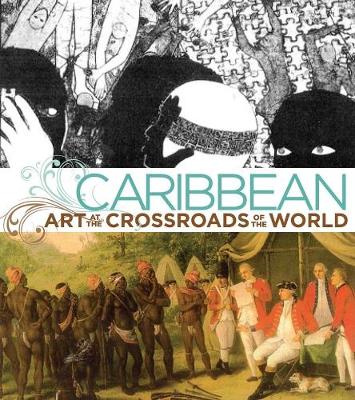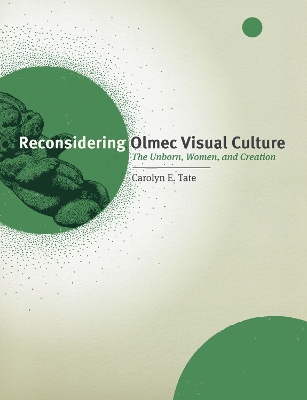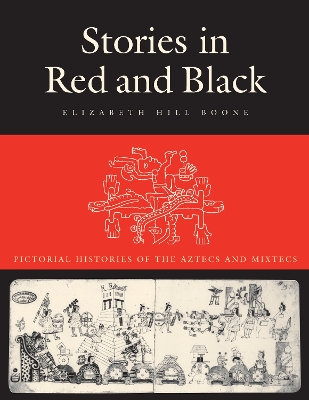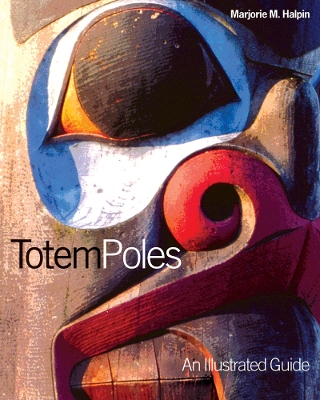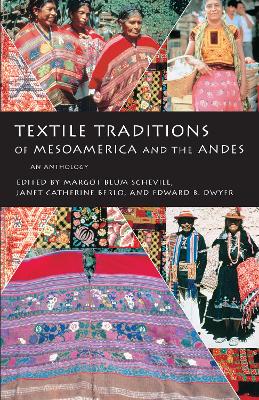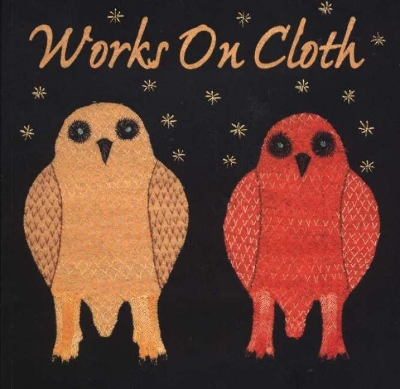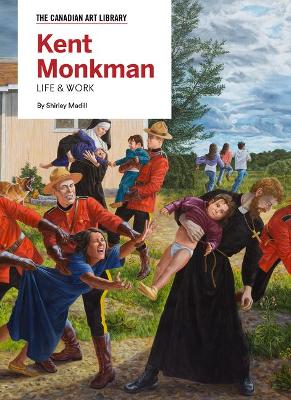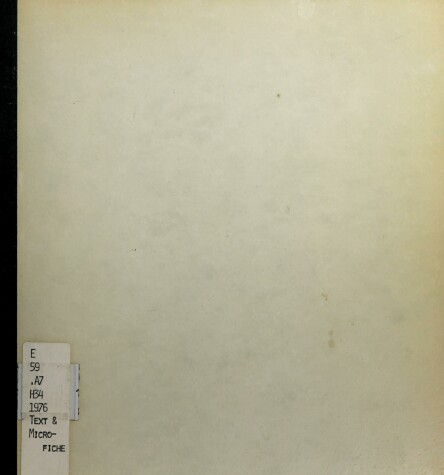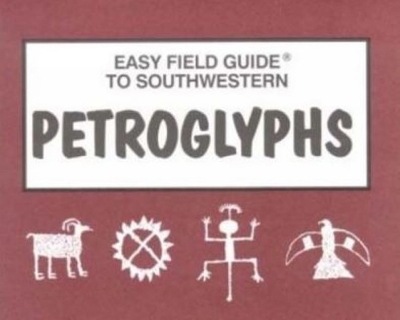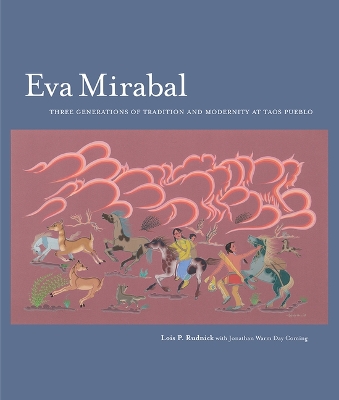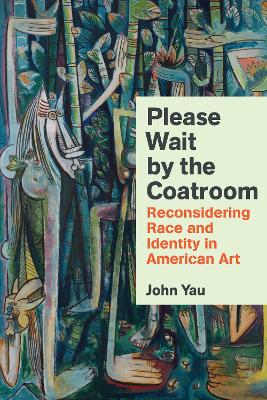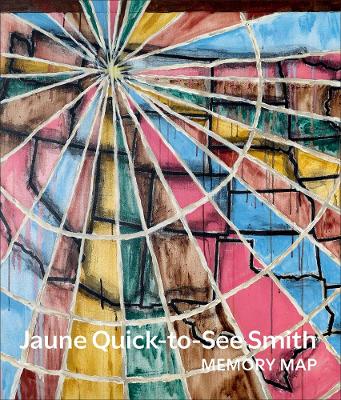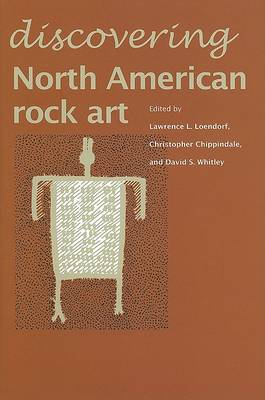Finally, here is the first complete biography of the important Navajo painter, Quincy Tahoma (1917-1956). Over 260 beautiful full color images of his paintings complement the dramatic story told of his life and career as one of the best artists of his generation. Tahoma's life journey includes early adoption, recognition of his unique talent, and a meteoric rise to fame in the Santa Fe art world followed by alcoholism. Following research into spotty records, the authors completed this compelling...
Here is the first book to cover all aspects of Native American equine tack/equipment as a single subject. It focuses on the equipment used by 19th century tribal men and women of North America. The dominant role of horses in these peoples' lives was reflected in the beautiful, practical, and artistic accoutrements made to decorate their prestigious and powerful animals. With informative text and over 200 beautiful color photos, readers will explore geographical locations and tribal characteristi...
Kay WalkingStick (Cherokee) is one of the best-known living Native American artists. In her 45-year career in the visual arts, WalkingStick has created iconic paintings featured in numerous exhibitions and publications. In 1995, she became the first Native American and the first Native American woman artist to be included in H. R. Janson's History of Art, an essential art history survey text. Her acclaimed and accomplished career is now being celebrated with the National Museum of the American I...
Fiery Pool (Peabody Museum (YUP))
A revolutionary new interpretation of ancient Maya art and culture Maya art and hieroglyphs constitute one of the world’s most fascinating, visually striking, and complex systems of expression. Most scholarly interpretations of Maya art and culture have emphasized that this ancient civilization was oriented toward inland centers and preoccupied with the blood of royal lineage and ritual sacrifice. Drawing on recent archaeological discoveries and developments in deciphering Maya glyphs, this grou...
The Barnes Foundation’s historic Pueblo and Navajo collections are explored alongside works by contemporary Native American artists This richly illustrated book makes the Barnes Foundation’s exceptional collection of Native American art from the Southwest available to the public for the first time. Collector and educator Albert C. Barnes traveled to the U.S. Southwest in 1930 and 1931 and, deeply impressed by the generative art practices he saw there, formed a collection of Pueblo and Navajo pot...
An extensively illustrated look at two exhibitions by artist Jeffrey Gibson in Chicago. Beyond the Horizon dives into two recent exhibitions in Chicago by contemporary artist Jeffrey Gibson: Sweet Bitter Love at the Newberry Library and Beyond the Horizon at Kavi Gupta Gallery. The juxtaposition of objects across geographical, temporal, and cultural boundaries was at the center of Sweet Bitter Love, Gibson’s first institutional exhibition in Chicago. Sweet Bitter Love included four distin...
The first book to explore the entire range of modern and contemporary art of the Caribbean Unprecedented in scope, this beautiful book offers an authoritative examination of the modern history of the Caribbean through its artistic culture. Featuring 500 color illustrations of artworks from the late 18th through the 21st century, the book explores modern and contemporary art, ranging from the Haitian revolution to the present. Acknowledging both the individuality of each island, the richness of...
Recently, scholars of Olmec visual culture have identified symbols for umbilical cords, bundles, and cave-wombs, as well as a significant number of women portrayed on monuments and as figurines. In this groundbreaking study, Carolyn Tate demonstrates that these subjects were part of a major emphasis on gestational imagery in Formative Period Mesoamerica. In Reconsidering Olmec Visual Culture, she identifies the presence of women, human embryos, and fetuses in monuments and portable objects datin...
Winner, Arvey Award, Association for Latin American Art, 2001 Honorable Mention, Honorable Mention, George Wittenborn Memorial Book Award, Art Libraries Society of North America, 2001 The Aztecs and Mixtecs of ancient Mexico recorded their histories pictorially in images painted on hide, paper, and cloth. The tradition of painting history continued even after the Spanish Conquest, as the Spaniards accepted the pictorial histories as valid records of the past. Five Pre-Columbian and some 150 ear...
The massive wood carvings unique to the Indian peoples of the Northwest Coast arouse a sense of wonder in all who see them. This guide helps the reader to understand and enjoy the form and meaning of totem poles and other sculptures. The author describes the origin and place of totem poles in Indian culture – as ancestral emblems, as expressions of wealth and power, as ceremonial objects, as mythological symbols, and as magnificent artistic works of the people of the Pacific Northwest. Halpin...
Textile Traditions of Mesoamerica and the Andes
In this volume, anthropologists, art historians, fiber artists, and technologists come together to explore the meanings, uses, and fabrication of textiles in Mexico, Guatemala, Ecuador, Peru, and Bolivia from Precolumbian times to the present. Originally published in 1991 by Garland Publishing, the book grew out of a 1987 symposium held in conjunction with the exhibit "Costume as Communication: Ethnographic Costumes and Textiles from Middle America and the Central Andes of South America" at the...
Works on Cloth
Easy Field Guide to Southwestern Petroglyphs
by Sharon Nelson and Richard Nelson
AMERICAN BOOK AWARD WINNERFar-ranging and thought-provoking essays on the relation of art and ethnic identity.This first collection by award-winning author John Yau, drawn from decades of work, includes essays about Black, Asian, Latinx, and Native American artists: sculptors Luis Jimenez and Ruth Asawa; "second generation Abstract Expressionists" such as the Black painter Ed Clark and the Japanese American painter Matsumi Kanemitsu; the performance artists James Luna and Patty Chang; the photog...
Five decades of work by groundbreaking Indigenous artist Jaune Quick-to-See Smith Throughout her career as artist, activist, and educator, Jaune Quick-to-See Smith (b. 1940) has forged a personal yet accessible visual language she uses to address environmental destruction, war, genocide, and the misreading of the past. An enrolled Salish member of the Confederated Salish and Kootenai Nation, Smith cleverly deploys elements of abstraction, neo-expressionism, and pop, fusing them with Indigenous a...
Painful Beauty (Native Art of the Pacific Northwest: A Bill Holm Center)
by Project Manager Megan A Smetzer
Discovering North American Rock Art
by Lawrence L. Loendorf, Christopher Chippindale, and David S Whitley
